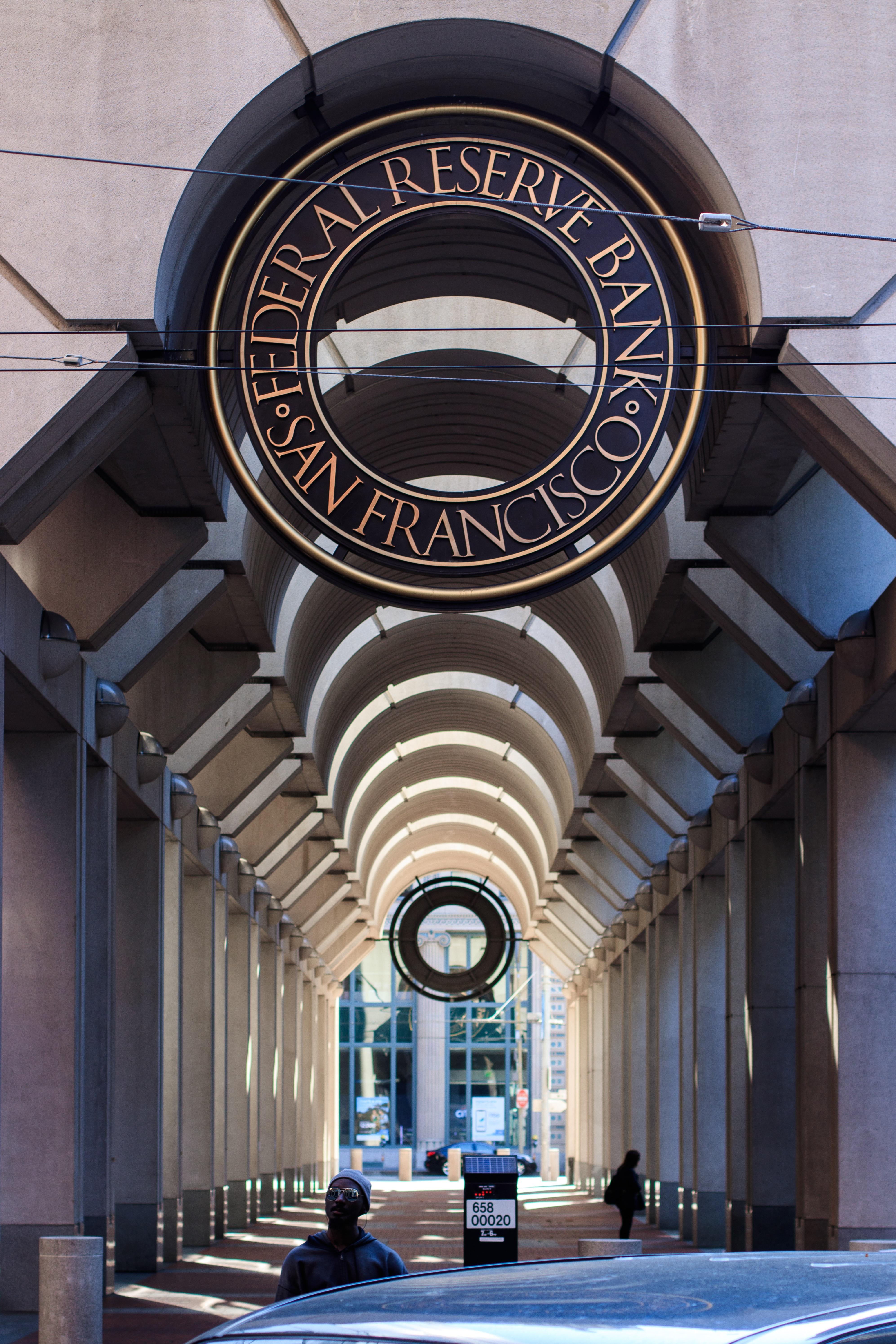Two Issues Plaguing the Market as of January 1st, 2019

December was the worst month for the stock market since February 2009, when the world still thought banks might become extinct. While we have no similar global catastrophe on our radar, there is definitely worry in the stock, bond and commodity markets. An upcoming recession is on everyone’s minds, and the two most disturbing market forces today are:
Rising Interest Rates: The Federal Reserve Board in December decided to raise the federal funds rate, marking the fourth hike in 2018. While expected by the stock and bond markets, the guidance for potential interest rate hikes in 2019 is for two more small increases. This would put overnight borrowing for banks at 3%, while the U.S. Treasury can borrow from the bond market for 10 years at 2.85%. That creates what is known as an “inverted yield curve,” where long-term rates set by the bond market are lower than short-term rates set by the Fed. All recessions in the past 60 years have been preceded by an inverted yield curve, although not all inverted yield curves have predicted recession.
The stock market doesn’t like the portent of recession. Wall Street also dislikes when businesses, consumers and banks have higher costs. Higher interest rates often lead to a slow down in economic growth and activity. One of the Fed’s “dual mandates” is to keep the economy humming just well enough to keep “core inflation” around 2% (currently 1.9%). The other aim is to keep people fully employed, which typically means an unemployment rate under 5% (currently 3.7%). The Fed seems unfazed by the potential for deflation.
Tariffs and Trade Wars: President Trump has vowed to stop “cheating China,” and is willing to put the global economy into a skid in order to complete his mission. There is currently a “tariff truce” between the U.S. and China, with both sides agreeing not to increase tariffs from 10 to 25% until at least February, while hammering out an artful deal on two fronts: the stealing of technology and intellectual property, and the allowance of direct foreign investment in mainland China. President Trump has made it clear that he’s willing to put the U.S. through economic pain in order to accomplish those two objectives — and the stock market doesn’t like it. Uncertainty is the enemy of the investor, and until we have an agreement in place with China similar to the USMCA (‘NAFTA 2.0’), markets will be on edge.
Once the uncertainty around these two issues dissipates, the market should get back to the business of investing and growing. Corporate profits are at all-time highs, and taxes are at all-time lows; typically a magic elixir for investors. The good news after this recent market decline is that stock valuations are now reasonable. That bodes well for future investment returns.

